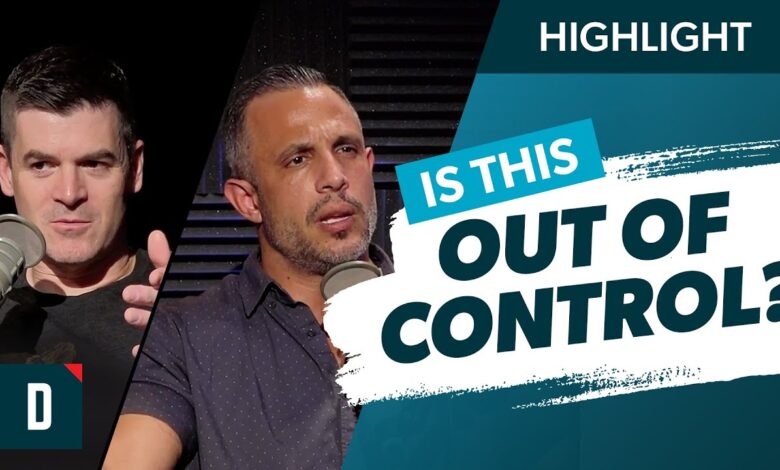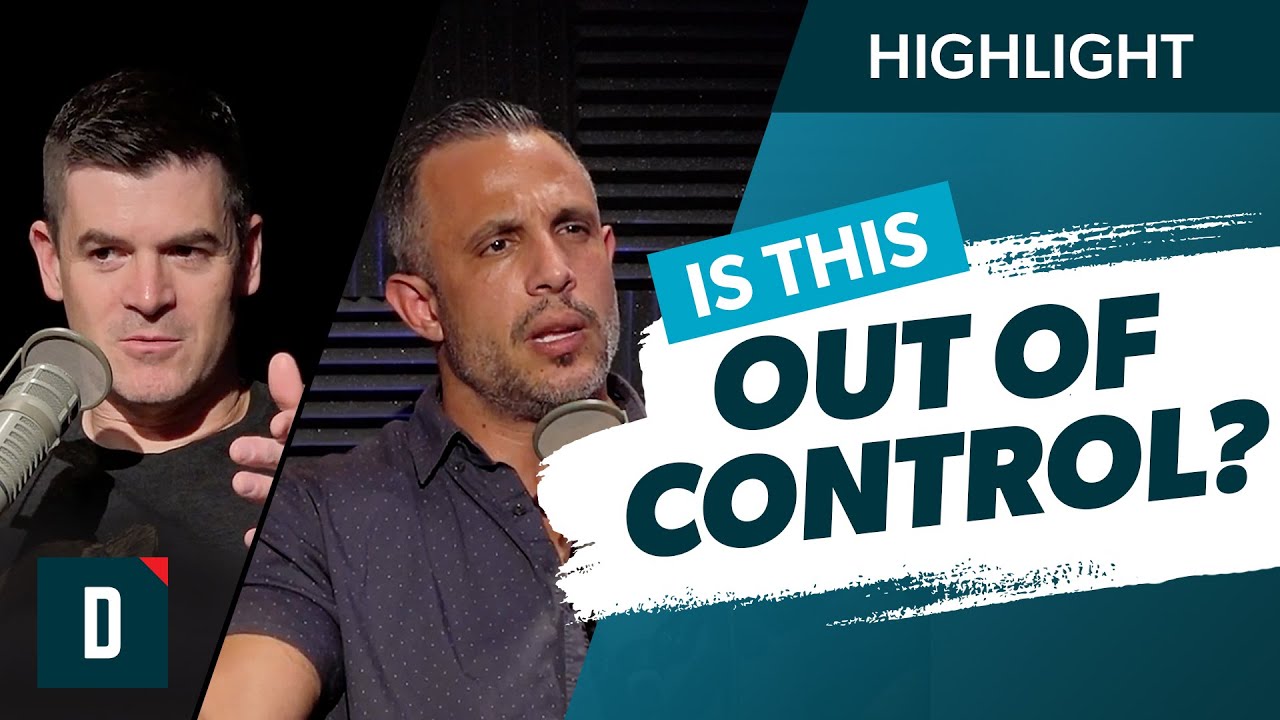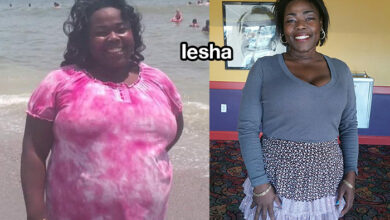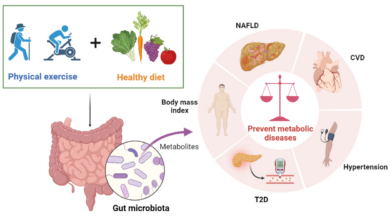
The Dark Side of Extreme Fitness Challenges
The dark side of an extreme fitness and diet challenge is a topic often shrouded in glossy fitness magazine covers and social media influencers promoting unrealistic ideals. While the pursuit of fitness and a healthy lifestyle is commendable, taking it to the extreme can have detrimental consequences for both physical and mental well-being.
This article delves into the hidden dangers of these challenges, exploring the potential for injuries, nutritional deficiencies, and the psychological toll they can take.
From the pressure to achieve a “perfect” body image to the potential for social isolation and strained relationships, extreme fitness challenges can create a toxic environment that ultimately undermines your health and happiness. We’ll examine the sustainability of these challenges, the ethical implications of promoting them, and offer alternative approaches that prioritize long-term health and well-being.
Alternatives to Extreme Challenges: The Dark Side Of An Extreme Fitness And Diet Challenge

Extreme fitness and diet challenges might seem appealing, promising rapid results, but they often come with significant downsides. These challenges can lead to unhealthy eating habits, injuries, and a negative relationship with your body. Instead of striving for unrealistic goals, consider adopting a sustainable approach to fitness and well-being.
A Sample Workout Plan
A moderate exercise plan that focuses on balanced nutrition and gradual progress is a far more effective and sustainable way to achieve fitness goals. Here’s a sample workout plan that incorporates various activities to challenge your body while promoting long-term health:
Monday:
- 30 minutes of brisk walking or jogging
- 15 minutes of strength training exercises focusing on major muscle groups (e.g., squats, push-ups, lunges)
Tuesday:
- Rest or light activity like yoga or stretching
Wednesday:
- 30 minutes of swimming or cycling
- 15 minutes of core strengthening exercises (e.g., planks, crunches)
Thursday:
- 30 minutes of dancing or a group fitness class
Friday:
- 30 minutes of moderate-intensity interval training (HIIT) or a high-intensity workout class
Saturday:
- Rest or engage in active recovery activities like a leisurely hike or gardening
Sunday:
- 30 minutes of yoga or Pilates
Healthy and Enjoyable Activities for Well-being
Promoting well-being goes beyond intense workouts and restrictive diets. Engage in activities that bring you joy and contribute to your overall health:
- Spend time in nature:Go for walks in parks, hike in the mountains, or simply relax in your backyard. Studies have shown that being in nature can reduce stress, improve mood, and boost creativity.
- Engage in hobbies:Pursue activities you enjoy, such as painting, playing music, reading, or gardening. Hobbies provide a sense of accomplishment, reduce stress, and promote relaxation.
- Connect with loved ones:Spend quality time with friends and family. Strong social connections are crucial for mental and emotional well-being.
- Practice mindfulness:Engage in activities that help you focus on the present moment, such as meditation, yoga, or deep breathing exercises. Mindfulness can reduce stress, improve focus, and enhance self-awareness.
- Get enough sleep:Aim for 7-9 hours of quality sleep each night. Adequate sleep is essential for physical and mental recovery, and it helps regulate hormones that influence appetite and metabolism.
Cultivating a Positive Body Image and a Healthy Relationship with Food, The dark side of an extreme fitness and diet challenge
Developing a positive body image and a healthy relationship with food is crucial for sustainable well-being. Here are some tips:
- Challenge negative thoughts:Be mindful of negative thoughts about your body and challenge them with positive affirmations. Focus on what your body can do rather than how it looks.
- Practice self-compassion:Treat yourself with kindness and understanding. Everyone has imperfections, and it’s important to accept and appreciate your unique body.
- Focus on nourishment:View food as fuel for your body and mind. Choose foods that provide essential nutrients and make you feel good.
- Listen to your body’s hunger cues:Eat when you’re hungry and stop when you’re full. Avoid restrictive diets or excessive calorie counting, which can lead to disordered eating.
- Celebrate your progress:Acknowledge your achievements, both big and small. Focus on the journey rather than the destination.
Final Thoughts

Remember, achieving a healthy lifestyle is a journey, not a race. It’s about finding a balance that works for you, incorporating sustainable practices, and prioritizing your overall well-being. By understanding the potential pitfalls of extreme fitness challenges and embracing a more balanced approach, you can cultivate a healthier relationship with your body and enjoy the benefits of fitness without compromising your health.
Pushing yourself to the limit with an extreme fitness and diet challenge can seem empowering, but the reality is that it can lead to burnout, injury, and even disordered eating. It’s important to remember that achieving sustainable fitness goals requires a balanced approach, including proper footwear.
If you’re focusing on walking as part of your fitness routine, you might want to check out walking versus running shoes whats the difference to find the right shoes for your needs. Ultimately, a healthy lifestyle is about finding a balance that works for you, not about pushing yourself to the breaking point.
Pushing your body to the extreme with a fitness and diet challenge can be tempting, but it’s important to remember that pushing too hard can have serious consequences. One thing to consider is your VO2 max, which is a measure of your body’s ability to use oxygen during exercise.
You can learn more about VO2 max and how to improve it here. Understanding VO2 max can help you find a balance between challenging yourself and avoiding burnout or injury. Remember, sustainable fitness is about long-term progress, not short-term extremes.
Pushing yourself too hard with extreme fitness and diet challenges can backfire. You might see initial gains, but eventually, your body will hit a wall. This is where the concept of avoiding workout plateaus comes into play. 6 ways to avoid workout plateaus and consistently progress can help you break through these barriers and achieve sustainable progress.
Remember, a healthy approach to fitness focuses on long-term well-being, not temporary extreme measures.






